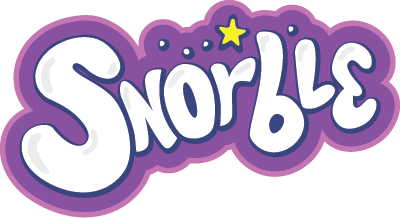Child Development Milestone Categories
What does ‘milestone’ even mean, however? Think of them as a useful benchmark in physical and behavioral development. They differ by age, and can come naturally over time. Yet, it’s also important to remember that they are a spectrum. Just because a certain milestone is listed at three months, it doesn’t mean your child has a problem if it hasn’t happened by three months and two days! Here’s the common milestone categories we use:
- Motor skills: Both gross and fine, like jumping, hopping, stacking, or drawing
- Adaptive: Caring for themselves, like eating, washing, and dressing
- Social: How your child interacts with the world
- Cognition: Problem-solving, reasoning, and understanding the world
Child Development Milestones by Year
In the first year of your child’s life, your pediatrician or healthcare practitioner may break milestones down by months. However, once they are past the first 12 months, it’s common to take a more holistic approach and look at the milestones by year, instead. Your child’s first year will likely take them from a helpless infant, to a responsive baby who is still reliant on their parents as their safe social group.
Year two should see more independence and communication develop. By year three, they should be becoming better at caring for others as well as their own emotions, and developing real language skills. By the end of year four, you will likely have an independent little person who can communicate and rationalize much better, and enjoys their peer group. Let’s take a look in more detail.
Year One Milestones
Year one sees a lot of growth, which will start to slow after that point. They’ve gone from baby to toddler, and are active and expressive. They’re also curious! They could even be making noises and trying to walk. Remember every child is different, but here are some basic year one milestones:
- Points, gestures, and tries to assist dressing
- Likes to interact with objects and family, but shy with strangers
- Crawls well, can stand, and could be able to wobble through steps
- May use single words
- Plays with toys, will scribble and interact
- Is aware of other kids, but not yet social
Year Two Milestones
By year two, your toddler is active and packed with energy. They’ve picked up some vocabulary, can start to sort things logically, and might start potty training. They can also enter the ‘terrible twos,’ which is a natural stage of defiance, even if difficult to deal with. Some milestones include:
- Walking, stooping, and squatting
- Can use two/three words logically
- Understands more about their bodies, and is more coordinated handling objects
- Could be toilet ready
Year Three Milestones
By year three, your child is no longer a baby or toddler, but a rambunctious young child. They’re active and communicative. They also start to have a sense of the past vs the present, and the people around them. They have all their teeth, and are starting to be very curious. This is the year of "Why?" so be prepared to answer questions!
- Can play nicely with others
- Can copy drawn shapes
- Uses sentences and pronouns
- Recognizes colors and starting to count
- Can dress in easy clothes
- Uses the toilet
- Imagination in play, but can develop imaginative fear, too (monsters under the bed)
Year Four Milestones
You are the parent of a preschooler now! Expect a year packed with imagination and stories, and a little bit of difficulty telling the difference. Imaginary friends may appear, and the questions haven’t stopped. But their understanding of time and difficult concepts are also developing, as is language.
- Uses full sentences and can converse
- Understands direction words and beginning to understand age, time, and name
- Can tell you their name and age
- Can concentrate through stories
- Is very imaginative
- Can dress themselves
- Can pedal a tricycle and similar coordination
- Can match words to pictures and interpret the world better
An Introduction to Snorble®
The immense amount of childhood development your little one faces in their first four years needs healthy, happy sleep to support it. Sleep is where your child’s body grows, but also where their mind relaxes and processes what they’ve learned that day.
Snorble was designed to become your child’s companion through these critical stages, helping them to learn healthy sleep patterns in a fun and developmentally appropriate way. With Snorble at their side, your child will get all the benefits of restorative sleep that will help them meet their developmental milestones in a healthy way. Plus, Snorble keeps you, the parent, in the loop regarding your child with valuable data on their personalized sleep needs.
Photo by Stephen Andrews on Unsplash


